FARO Luminaires
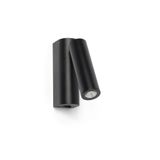
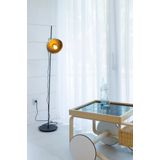

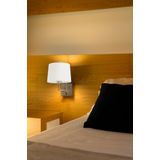




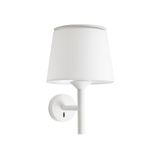

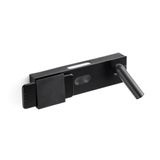

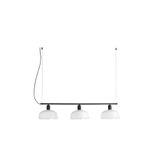
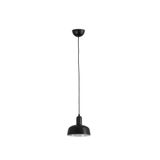
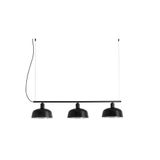


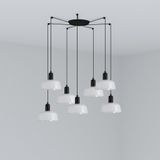
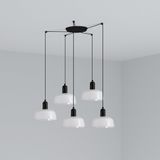
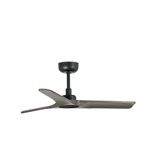
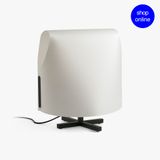


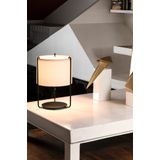

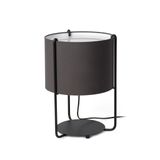


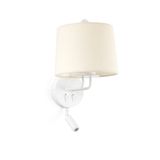
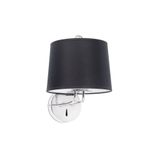
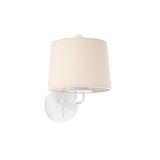

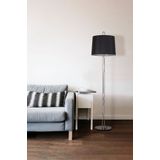
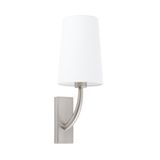

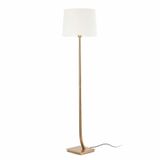
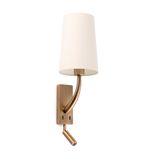



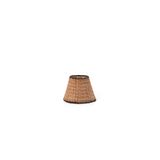
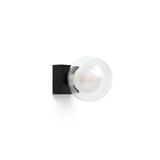
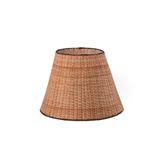
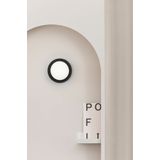

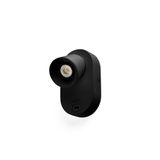
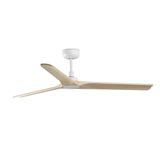
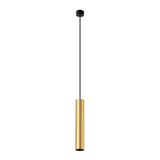

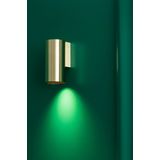



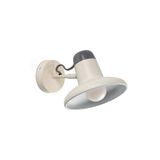
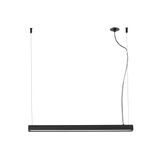
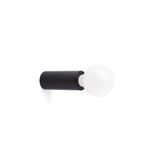
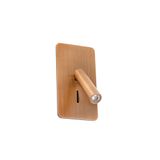
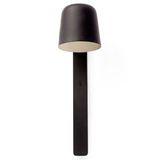
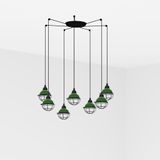

Faro Luminaires for Professional and Architectural Lighting
Walk through any well-built space — a hotel lobby, a modern office, a quiet corridor — and you’ll usually find Faro luminaires somewhere in the mix. They’re not shouting for attention; they’re just there, doing the work that light is supposed to do. In practice, this category sits at the intersection between design and reliability. For installers and procurement teams, Faro lighting fixtures are known less for “style” and more for their straightforward construction and long service life. Whether you’re fitting out residential interiors or specifying architectural lighting for a public building, the line between functional and decorative gets handled cleanly here.
Faro LED Luminaires — Core Construction and Technical Features
Most Faro LED luminaires share a few things in common that make them practical on-site:
• Voltage range: 220–240 V AC, standard across European grids, compatible with existing wiring and control modules.
• Mounting formats: surface, recessed, pendant, track, and wall types. Enclosures made from powder-coated aluminium or cast polymer depending on model.
• Ingress protection: from IP20 (indoor) up to IP65 (outdoor and architectural luminaires).
• Operating temperature: typically –20 °C to +45 °C — suitable for most indoor and semi-outdoor environments.
• Optics and control: variants with diffused or focused lenses, some prewired for DALI or 1–10 V dimming.
• Certifications: CE and EN standards met; photometric data available on request for lighting designers and auditors.
For installers, that means the fittings arrive ready for quick mounting with standardized connectors. The brackets and backplates align well, which matters when you’re hanging dozens of units on a deadline.
Faro Decorative and Indoor Luminaires — Everyday Use Cases
In real work, these fixtures end up everywhere — office corridors, restaurants, stairways, hotel rooms, even private residences. Installers appreciate that the same body form is often reused across multiple output levels, so replacements or upgrades don’t require cutting new holes. From experience, Faro indoor luminaires behave predictably when dimmed and don’t introduce the flicker you get with cheaper imports. Decorative luminaires from the same line usually share driver units and LED boards, so maintenance teams can keep spares standardized.
Procurement departments like them because the mechanical tolerances don’t vary between production batches — something you notice only after installing hundreds of fittings. The optics are stable, colour temperature stays within spec, and the housings don’t yellow or warp after heat cycles. You could call them architectural lighting, but really, they’re just solid fixtures that blend in and work.
Faro Outdoor and Architectural Lighting — Built for Exposure
When you move outside — façades, walkways, entrances — the story changes slightly. Faro outdoor luminaires use heavier seals, corrosion-resistant finishes, and reinforced mounts. They’re not the kind of fittings you baby; you bolt them down and walk away. The LED modules are thermally managed with passive aluminium heatsinks, and wiring glands are pre-fitted for 3-core supply. We’ve mounted them on stone walls and steel columns alike — no fuss, no bending brackets.
Architectural lighting planners tend to specify these where uniformity and maintenance cycles matter more than cost. Faro fixture lighting in that context isn’t decorative fluff; it’s part of the system reliability equation. You can mix wall-mounted uplights with bollards and recessed floor units from the same series, keeping beam quality consistent across a site.
Procurement Insights for Faro Lighting Fixtures
From the procurement side, the buying logic is practical:
• Model variations: LED wattages from 5 W to 60 W cover small-room to corridor applications.
• Colour temperature options: 2700 K – 4000 K available in most SKUs, making cross-spec comparison easier.
• Body materials: aluminium, steel, or composite — buyers usually compare based on ambient conditions and mounting height.
• Packaging: typically in 10-unit cartons for bulk shipments; single units protected with moulded inserts for direct-to-site deliveries.
• Lead times: most references available ex-stock; special finishes or dimmable drivers add 1–2 weeks.
• Interchangeability: many Faro luminaires share common mounting footprints with other European brands, so replacements slot straight in.
Procurement teams often check lumen output consistency between batches; Faro’s documentation includes measured values rather than just rated ones — a small but useful difference during energy audits.
Bank of Lamps — European Wholesale Supply
Bank of Lamps keeps Faro luminaires and accessories in stable rotation at our central warehouse in Latvia. From there, we ship quickly across the UK, Germany, Netherlands, Baltic region, France, Spain, and Belgium. For B2B buyers, the key advantage is predictability — same-day dispatch on stocked models, flexible pallet or carton quantities, and no long factory waits. Installers and system integrators count on that reliability when deadlines are tight.